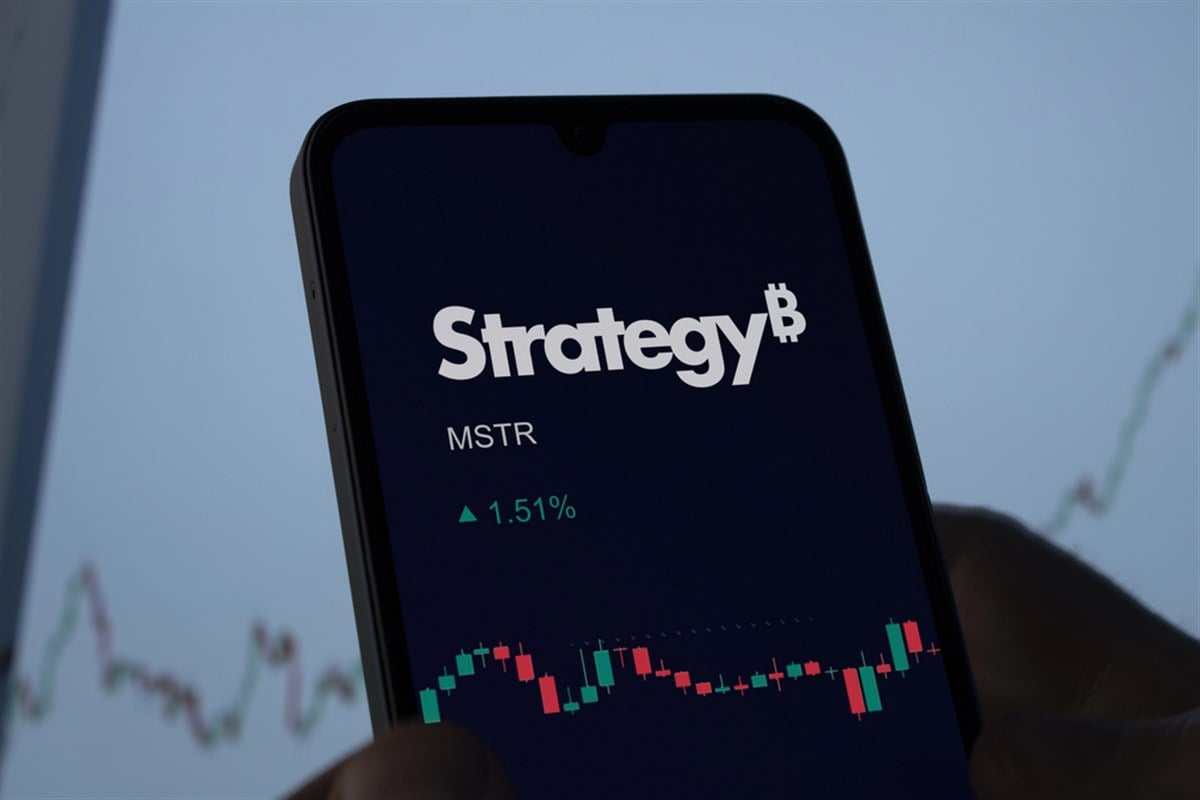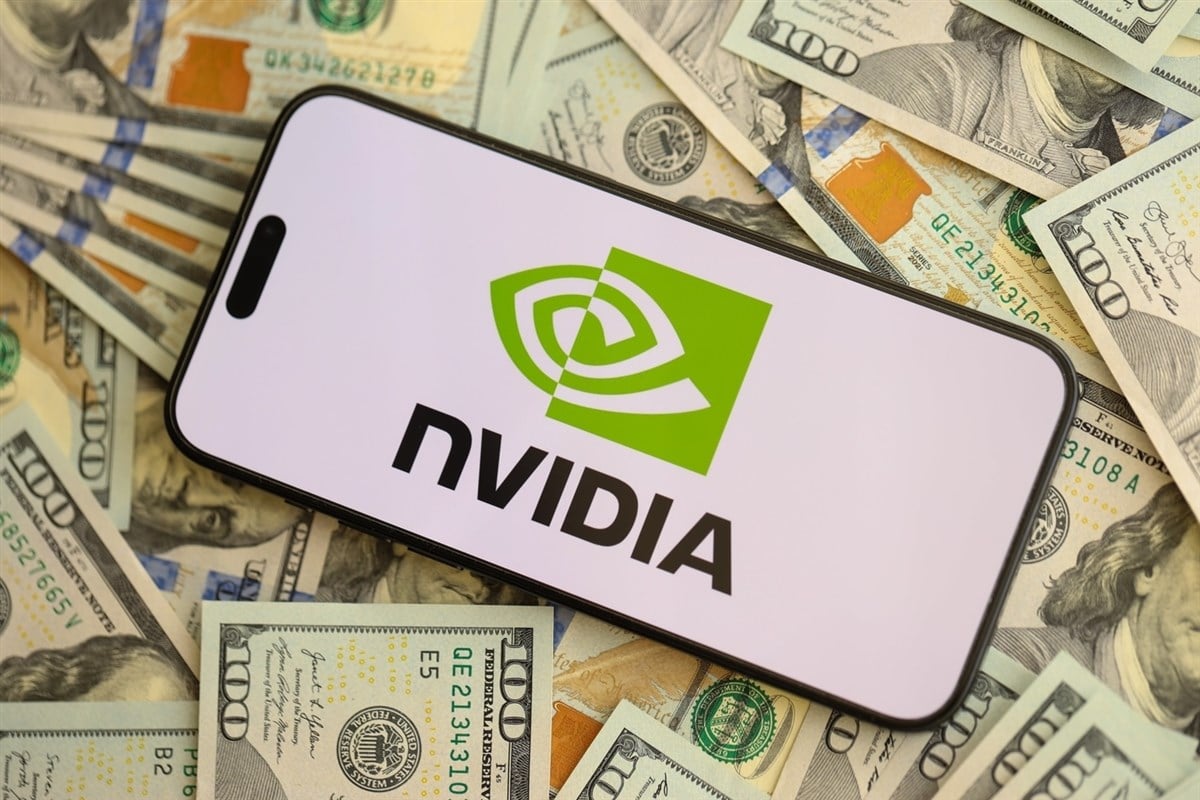Strategy Shares Plunge as Bitcoin Retreats—More Pain Ahead?

It has been a forgettable second half of the year so far for enterprise analytics and mobility software firm Strategy (NASDAQ: MSTR). The company, formerly known as MicroStrategy, has lost more than 47% since its year-to-date (YTD) high on July 16.
That shows quite the reversal from 2024, when the stock hit its highest levels since before the dot-com crash sent it spiraling downward. But a lot has changed in 25 years, and this time around, Strategy’s plummeting share price has nothing to do with a bubble. In fact, the recent sell-off in AI and nuclear stocks has little to do with the company's poor performance, nor does its financial performance last quarter.
When Strategy reported Q3 earnings on Oct. 26, it beat on both the top and bottom lines, posting GAAP earnings per share of $8.42 versus analysts’ expectations of $7.90 and revenue of $128.7 million, exceeding analysts’ expectations of $116 million.
Instead, the bloodbath in shareholder value can be directly attributed to the company’s enormous stake in crypto.
MSTR Is Now Highly Correlated With BTC
Strategy’s Bitcoin (BTC) reserve is now up to 641,692 BTC. For context on how much of the company’s assets are now tied up in the crypto, on July 16—when Strategy hit its YTD high—Bitcoin was trading for $117,489.60. At the time of writing, the largest crypto by market cap is trading for $105,691.30.
While that represents just a 10% decrease for Bitcoin, it has taken shape much differently for Strategy, whose stock, as previously mentioned, is now down more than 47% from its 2025 high. Meanwhile, its Bitcoin reserve—which was valued as high as $75.623 back in July—is now worth $67.821 billion.
As a result, the company’s financials took a sizable hit, and that didn’t go unnoticed by investors or Wall Street’s bears, who are currently shorting nearly 10% of Strategy’s float.
Strategy posted strong Q3 earnings but continued to see its stock decline, leaving shareholders in an awkward position as they try to determine whether the company can be evaluated independently of Bitcoin.
What Forward Guidance Looks Like With a Bitcoin Reserve
At its heart, Strategy remains a tech company. Specifically, the company still has a strong enterprise software business, which still contributes to its top line. But that component of cash flow has been shrinking at a rapid clip.
In 2021, the company’s net cash from operating activities stood at $3.68 million—nothing to write home about, but not in the red. But last year, that figure fell to -$8.78 million. That seismic shift represents a 338.58% decrease.
That’s because Strategy’s primary means of generating income now is through its Bitcoin reserve strategy, which requires funding BTC purchases via capital raises (e.g., equity and debt issuances). That equity raise is achieved by new share issuance—both common and preferred stock—which in turn has increased concerns about share dilution.
As a result, shareholders have been owning increasingly smaller portions of the company, thereby causing it to underperform Bitcoin. It is part of a plan that the company has embraced in order to raise $42 billion through 2027, with its hopes pinned to Bitcoin’s price eventually reaching $5 million.
If those sound like lofty expectations, it’s because they are. According to market consultancy firm Grand View Research, Bitcoin is expected to grow at a compound annual growth rate (CAGR) of 26.2% through 2030.
Even at a CAGR of 26.2%, that would equate to approximately 15.6 years until Bitcoin's value grew from its current price to $5 million per coin. Meanwhile, Strategy’s debt is skyrocketing. In 2023, total liabilities (e.g., liabilities less shareholder equity) were $2.598 billion. Last year, the amount grew to $7.614 billion—a 193% increase.
Are Investors Buying Strategy—or Bitcoin Through Strategy?
Consequently, when Strategy now issues forward guidance, it isn’t doing so in the same manner as most publicly traded companies. Instead of projecting prospective revenue, cash flow, and net income based on various lines of business, its guidance is heavily correlated with Bitcoin, relying on the performance of the cryptocurrency.
Inasmuch, when the company reported Q3 earnings late last month, its guidance incorporated a year-end price target for Bitcoin of $150,000. But that guidance may not be enough to persuade an investor to choose Strategy’s Bitcoin approach rather than directly investing in the digital asset or crypto spot price exchange-traded funds that provide exposure without share dilution.
For what it’s worth, the smart money has been unimpressed. Institutional ownership is below 60%, with outflows of $9.35 billion surpassing inflows of $7.36 billion over the past 12 months.
Learn more about MSTR


